The history of the Yorkshire buildings funded by profits from the slave trade
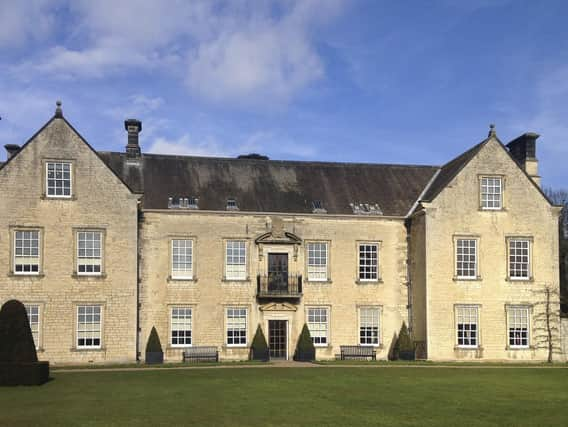

Some of the great houses of Yorkshire were built by merchants and plantation owners who had made their fortune in the West Indies.
They include Harewood House, near Leeds, and Brodsworth Hall, near Doncaster.
Advertisement
Hide AdAdvertisement
Hide AdSome buildings were directly funded by the profits of slavery, others were owned by those associated with the trade or who had invested in it through other parties.
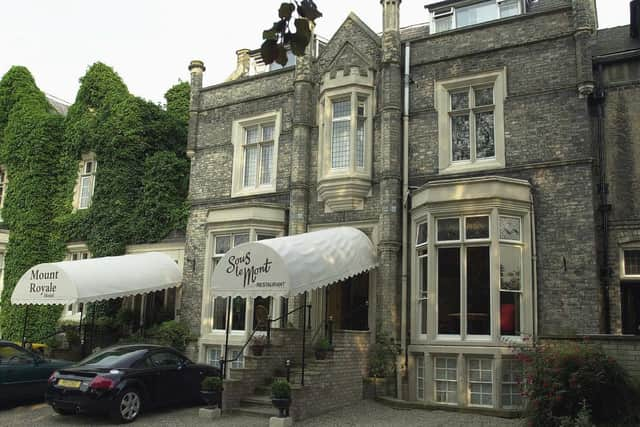

Coach House, Carlton Hall, Richmond
Carlton Hall was the residence of Samuel Barrett Moulton Barrett, who was MP for Richmond between 1820 and 1827. He owned 1,100 slaves in Jamaica, but was considered relatively liberal by other plantation owners, being concerned with the religious advancement of his slaves. According to his peers, he struggled to reconcile his conscience with the conditions his slaves lived in, and did eventually ban the use of the whip on his estates.
Carlton Hall eventually became part of the Duke of Northumberland's neighbouring Stanwick Hall estate. The house was occupied by the estate manager and there were stables, kennels and staff cottages there. It was demolished in 1911 and the coach house is now farm buildings. Some other estate buildings survive, including the gamekeeper's cottage and ice house.
Wentworth House Hotel, Aldbrough
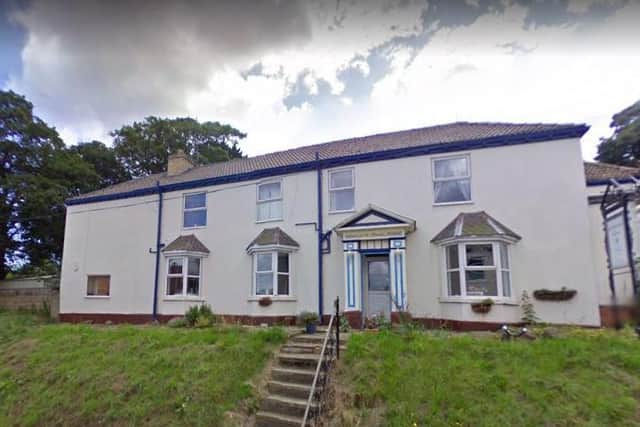

Wentworth House on the Holderness coast is now a hotel, but it was once a house purchased by James Bean after he left his Jamaican estate and retired to England. Bean's will is intriguing, as he left a generous financial sum to a mixed race daughter named Nancie, described as a 'mulatto', whose mother worked on his plantation. Although such relationships were common at the time, it was rare for a 'master' to acknowledge his mixed race children or offer them support.
Scruton Hall, near Northallerton
Advertisement
Hide AdAdvertisement
Hide AdAlthough Scruton Hall was demolished in 1953, the legacy of the Coore family can still be seen in the village today. The house was once owned by Foster Lechmere Coore, who was from a Liverpool merchant family and owned estates in Jamaica. He became connected to Yorkshire after his marriage to the daughter of Henry Gale, then the owner of Scruton Hall. As Coore's wife, Harriet, was her father's only child, the Scruton estate passed to her and the village became associated with the Coore name rather than the Gales.
Coore was one of the main beneficiaries of a scheme to pay compensation to plantation owners after slavery was abolished - he was one of the trustees of an estate called Pembroke in Trelawney, Jamaica and received the largest share. The estate was thought to have been owned by his half-brother before his death.
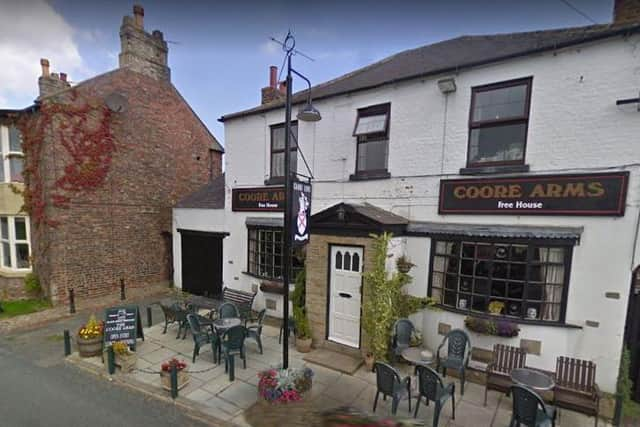

Scruton Hall was demolished after the last Coore died and the estate was sold. The village pub is still called the Coore Arms and the memorial hall is also named after the family.
Hellaby Hall, near Rotherham
Now a hotel, Hellaby Hall was once the residence of Ralph Fretwell, a Quaker sugar merchant who owned slaves in Barbados despite the supposedly peaceful leanings of his religion.
Advertisement
Hide AdAdvertisement
Hide AdFretwell became one of the pioneers of British trade in the Caribbean, and he even exported horses bred on his estate near Rotherham to Barbados, where they were put to work in the sugar mills. His sugar was imported through the port of Hull.
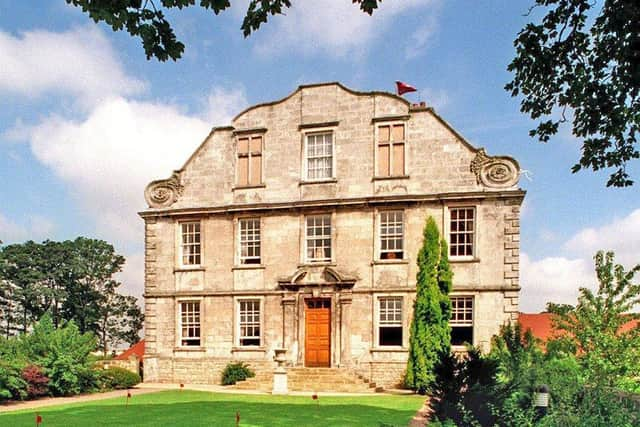

He named the highest hill on the island Hillaby Mount after his estate. After becoming a Quaker, he was prosecuted for allowing slaves to attend religious gatherings in his house and for refusing to serve in the island militia.
He returned to Hellaby in 1688 to build the present hall in the Jacobean style. He later went back to Barbados, where he died in 1701, leaving the estate to his three daughters.
His grand-daughter later married into the Eden family and the estate passed to them, but they had no use for Hellaby and it was tenanted as a farmhouse before they sold up in 1870.
Advertisement
Hide AdAdvertisement
Hide AdThe last resident was Cliff Carnelly, who moved out in 1976, and a fire in 1980 destroyed much of the building. It lay derelict until 1995, when it re-opened as a hotel.
Thirsk Mechanics Institute
Thirsk Institute, as it is known today, was built as a public reading room by Sir William Payne-Gallwey in 1848. He was the son of the governor of the Leeward Islands, one of the Caribbean economies that depended on slavery, and his family owned slaves and plantations on St Kitts.
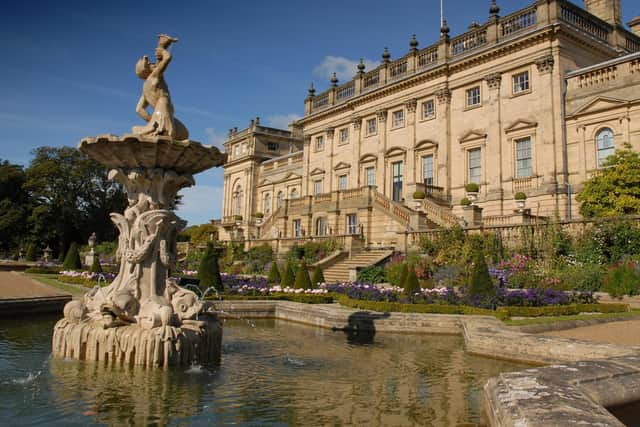

He arrived in Thirsk when he married into the Frankland Russell family, local landowners whose estate was at the now-demolished Thirkleby Park, and was the MP for Thirsk from 1854 until 1880. Sir William's wife Emily was the heiress of the estate as she had no brothers.
As local gentry, the Frankland Russells were expected to contribute to philanthropic projects in Thirsk, which is why Sir William funded the Institute. It contained a lecture room, reading room, library with 600 volumes and classrooms. Sir William served as its president.
Advertisement
Hide AdAdvertisement
Hide AdHe died in a riding accident at the age of 74, when he fell from his horse while out shooting and landed on a turnip, sustaining severe internal injuries.
The Institute remains a popular social club today.
Mount Royale Hotel, York
Now a hotel, Mount Royale was previously the residence of George Kirlew, a slave owner who ran estates in Jamaica. Located in York's Georgian quarter, The Mount, its original name was The Beech House.
Kirlew retired to York in the 1830s and brought with him a mixed race wife named Ann whom he had met in Jamaica. She was 16 years his junior.
He is thought to have first sailed to Jamaica in 1808, and served in the island militia. He was the attorney of an estate called Prospect, meaning he administered the land on behalf of a landlord living in Britain. Great wealth could be accumulated from such a role, and he spent 31 years on the island. By 1818 he was the proprietor of his own estate.
Advertisement
Hide AdAdvertisement
Hide AdHe married Ann Bruce in 1835, when he was 55, and she appears to have been his first wife. In 1836 he bought The Beech House, which was known for its magnificent gardens.
However, he did father four children in Jamaica with a woman named Elizabeth. They are described as 'mulatto' meaning mixed race.
George died in 1854 from a stroke at the age of 74. His brother John, a grocer, then moved into The Beech House with Ann and his own wife. Ann died aged 78, and bequeathed most of her estate to George's nieces and nephew. She also gave a sum of money to a Jane Kirlew, named as George's daughter.
Harewood House, Leeds
Edwin Lascelles, the first Baron Harewood, built the magnificent Harewood House in 1759. He was the son of Henry Lascelles, a plantation owner in Barbados. Although the family were established Yorkshire gentry with a seat near Northallerton, they became involved in the sugar trade in Barbados, establishing estates by the late 17th century and importing slaves from west Africa.
Advertisement
Hide AdAdvertisement
Hide AdEdwin returned to Yorkshire because his brother Daniel had been given the business. He purchased the manor of Harewood, where an earlier castle had stood, and commissioned his great mansion. Yet after Daniel and their other brother Henry died childless, he was left in sole possession of the Lascelles fortune. He acquired 22 more plantations and almost 3,000 slaves after rival plantation owners defaulted on their debts during the American War of Independence, when the American sugar market collapsed.
Edwin died childless and the title became extinct. His cousin Edward inherited the estate, which is still in Lascelles hands today. Harewood House is open to the public.
Nunnington Hall, near York
Nunnington Hall, a Ryedale property now owned by the National Trust, has had several owners, but in 1839 it was purchased by William Rutson for use as a hunting lodge. Rutson was the son of a Liverpool merchant and grandson of a slave trader. Rutson's main residence was at Newby Wiske Hall near Northallerton, which today is the headquarters of North Yorkshire Police.
The shooting lodge remained in the Rutson family until 1952, when his great-niece Margaret bequeathed it to the National Trust.
Brodsworth Hall, near Doncaster
Advertisement
Hide AdAdvertisement
Hide AdPeter Thellusson Snr was a Swiss banker who settled in England in the late 18th century. He married Ann Woodford, whose brother Ralph was the governor of Trinidad.
English Heritage now own the Thellusson family seat, Brodsworth, and their historians have researched Peter's interests in Caribbean slave plantations. He had stakes in estates on Grenada and Montserrat, although they were believed to have resulted in financial losses.
Peter was a director of the Bank of England, and part-owned several sugar refineries. He imported tobacco and sugar from the West Indies, enabling him to build a large house in Kent and to buy the Brodsworth estate in 1790.
Peter is also known for making a complex will which left the bulk of his fortune to the three eldest male descendants of his three sons, where it was to accumulate until the death of the last grandson. This led to decades of legal challenges.
Advertisement
Hide AdAdvertisement
Hide AdThe current Brodsworth Hall was not built until 1861, by which time much of the Thellusson wealth was derived from coal mining.
After the last Thellusson son died childless, the estate passed to a nephew whose widow died in the 1980s. The house was then given to English Heritage.
Wilberforce House, Hull
A house with a much prouder history is Wilberforce House in Hull. William Wilberforce was born here in 1759, the son of a merchant who traded with the Baltic ports. As an east coast port, Hull had far less involvement with slavery and the West Indian trade than west coast cities such as Liverpool and Bristol, which were geographically more convenient for sailings to Africa and the Americas. Hull's merchants instead looked to northern and western Europe for trade, and fishing, whaling and Arctic exploration became established industries.
Wilberforce embarked on a political career and became interested in the emancipation of slaves after dining with an old friend who was working as a doctor on a plantation and had been horrified by the conditions there.
He is now the most famous of the 'abolitionists' and his birthplace is a fascinating museum in Hull's Old Town which tells the story of the trade in human lives.
Comment Guidelines
National World encourages reader discussion on our stories. User feedback, insights and back-and-forth exchanges add a rich layer of context to reporting. Please review our Community Guidelines before commenting.